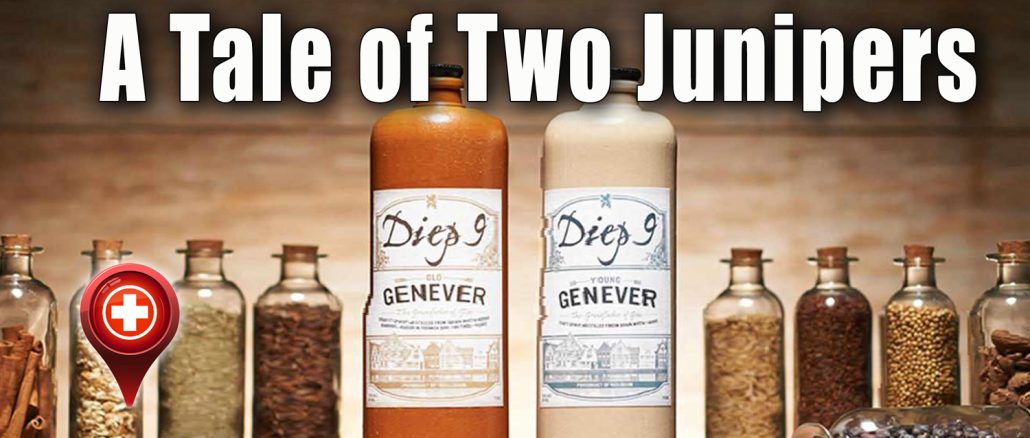
Many of you know I have made my own Gin/Genever for Wendy for years. Well, it won some competitions a few years ago, where I went up against other various boutique gins like Aviation and won. Sad but true, the cost to make 750ml production puts it in the cost category, rivaling a patented pharmaceutical. So, I reserved my production for Wendy and close friends who are “Ginaholics.”
In reality, what I make is Jonge Dutch Genever, and this is what makes it different from all forms of Gin. It is important to note that I am neither a Genever nor a Gin fan.
Recipes at the end, for the adventuresome.
Wendy in Holland
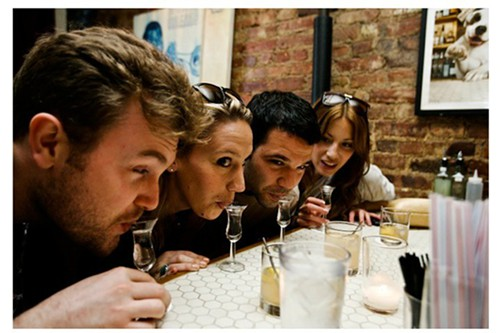 Wendy is known in Holland for being able to drink the boys under the table with their traditional drinking combo.
Wendy is known in Holland for being able to drink the boys under the table with their traditional drinking combo.
The traditional Dutch drinking ritual is called a “kopstootje“, which translates to “little headbutt” in English. Here’s how it works: The kopstootje involves a shot of ice-cold genever served in a small tulip-shaped glass filled to the brim, paired with a beer (usually a pilsner) as a chaser.
To drink it, you first take a hands-free slurp of the genever by lowering your head to the full glass on the bar, taking care not to knock it over—this is the “little headbutt.” After this first sip, you can pick up the glass and alternate sipping the genever and the beer.
While genever and the kopstootje ritual have existed for centuries, today, many young Dutch people consider it an “old man’s drink.” However, some predict it may make a comeback, similar to the renewed popularity of gin. Many bars in Amsterdam still serve kopstootjes, keeping the tradition alive.
Gin vs Genever: A Tale of Two Junipers
Gin and Dutch Genever are two spirits that share juniper as a key ingredient, but that’s where the similarities end. These two cousins have some striking differences that set them apart.
It All Starts With the Base
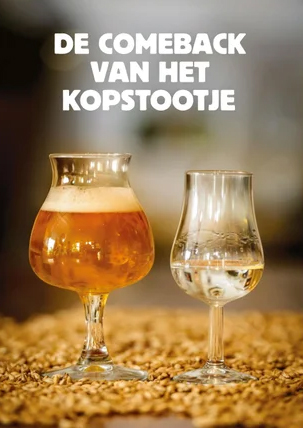 The real difference between English Dry Gin and Dutch Genever isn’t just the mix of botanicals – it’s what the spirit is made from in the first place. Genever starts with a base of malted grains, typically rye, corn and wheat, that is fermented and distilled into a spirit called “malt wine”. This gives Genever a flavor profile closer to a young whisky, with malty, earthy notes.
The real difference between English Dry Gin and Dutch Genever isn’t just the mix of botanicals – it’s what the spirit is made from in the first place. Genever starts with a base of malted grains, typically rye, corn and wheat, that is fermented and distilled into a spirit called “malt wine”. This gives Genever a flavor profile closer to a young whisky, with malty, earthy notes.
In contrast, gin usually starts life as a neutral grain spirit with very little inherent flavor. This blank canvas allows the juniper and other botanicals to shine through clearly in the finished product.
Juniper: The Star or the Supporting Actor?
While both spirits contain juniper, they play a different role in each. In gin, juniper must be the predominant flavor, taking center stage. But in Genever, juniper is part of an ensemble cast of botanicals like cloves, caraway, ginger, and nutmeg that create a more complex flavor. Citrus notes are also less prominent in Genever than in many gins.
Old vs Young: An Age-Old Debate
Genever comes in two main styles – Oude (old) and Jonge (young), but the names don’t refer to aging. Oude Genever contains at least 15% malt wine and has a richer, maltier flavor. Jonge Genever has a maximum of 15% malt wine, resulting in a lighter body and drier palate.
Some Genevers are aged in oak casks, adding color and woody notes similar to those of aged whisky, rum, or tequila. Gin, on the other hand, is rarely aged.
A Cocktail Identity Crisis
So is Genever just Gin’s quirky Dutch uncle? Not quite. The malty character means Genever can often be substituted for whisky in cocktails. An Old Fashioned made with Genever instead of bourbon is a real treat.
But Genever can also pinch-hit for gin in classics like the Tom Collins. The lines get blurry, indeed. No wonder many bartenders use the two interchangeably, much to the confusion of patrons.
A Protected Spirit
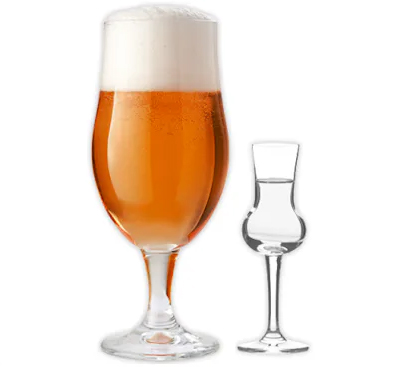 Perhaps the most important difference is that while gin can be made anywhere worldwide, true Genever can only come from Holland, Belgium, or specific regions in France and Germany, as protected by E.U. law. Like Cognac or Champagne, the name is tied to its place of origin.
Perhaps the most important difference is that while gin can be made anywhere worldwide, true Genever can only come from Holland, Belgium, or specific regions in France and Germany, as protected by E.U. law. Like Cognac or Champagne, the name is tied to its place of origin.
So next time you belly up to the bar, consider exploring Genever’s rich, malty world to experience gin’s more complex Continental cousin. With an open mind and curious palate, you might find a new favorite tipple. Proost!
More Details for the Interested
Gin and Dutch Genever are two distinct spirits that share some similarities but also have notable differences in their production, flavor profile, and history.
Production Methods
Gin is typically made by distilling, redistilling, or compounding neutral grain spirits with juniper and other botanicals. The juniper must be the central flavoring agent in gin. In contrast, Genever is pot distilled from a malted grain mash (known as a “malt wine”) and flavored with botanicals, including juniper. However, unlike gin, juniper does not have to be the predominant flavor in Genever.
Flavor Profile
The different production methods lead to distinct flavor profiles. London-style gins like Tanqueray and Beefeater are very dry and aromatic and have juniper as the dominant flavor. Genever has more whiskey-like, malty, and earthy notes from the malt wine base, along with the botanical flavors. Cloves, caraway, ginger, and nutmeg are common flavors in Genever. Citrus is less prominent compared to many gins.
Genever has two main styles: Oude (old) and Jonge (young). Oude Genever contains at least 15% malt wine and has a fuller body and richer, sweeter flavor. Jonge Genever uses no more than 15% malt wine, resulting in a drier and lighter-bodied spirit.
History and Geographic Indications
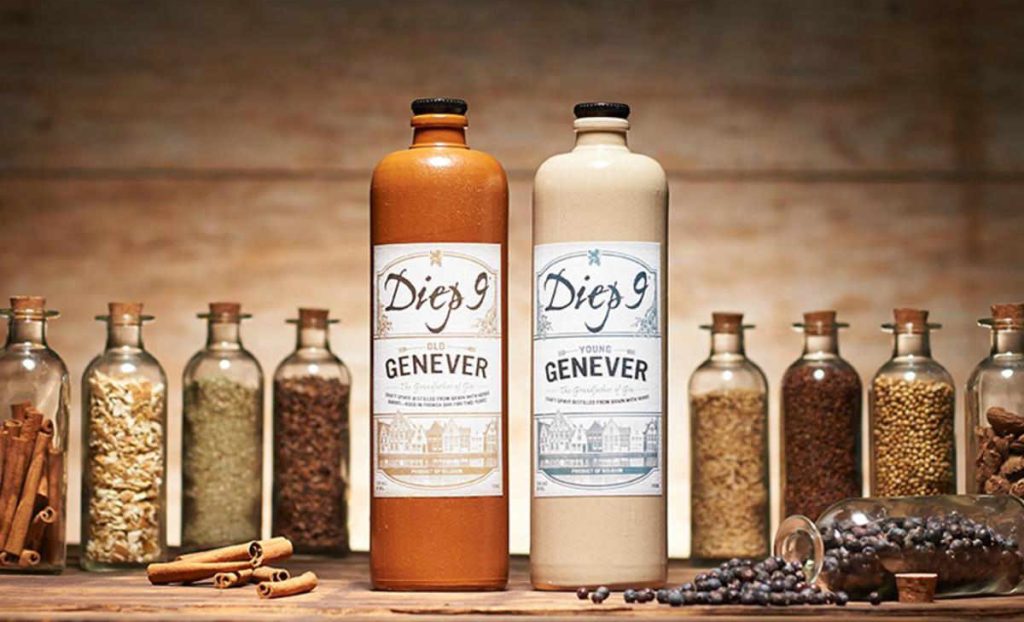 Genever is the original style of gin, dating back to 16th-century Holland. The word “gin” itself comes from the Dutch word for juniper—”genever.” Over time, the English developed their own drier styles of gin, like Old Tom and London Dry.
Genever is the original style of gin, dating back to 16th-century Holland. The word “gin” itself comes from the Dutch word for juniper—”genever.” Over time, the English developed their own drier styles of gin, like Old Tom and London Dry.
Today, true Genever can only be produced in Belgium, the Netherlands, and specific regions of France and Germany according to E.U. laws. In contrast, gin is made worldwide, with major production in the U.K., Spain, Holland, Belgium, and Germany.
Serving Styles
The two spirits are served differently as well. Genevers, especially Oude styles, are often sipped neat and chilled. A traditional pairing is a shot of Genever with a dried green herring. Gins are most commonly used in mixed drinks and cocktails.
In summary, while related, Gin and Genever are quite different regarding ingredients, production, flavor profile, history, and serving style. Understanding these distinctions is key for spirits connoisseurs and cocktail enthusiasts alike.
Gin and Dutch Genever are two distinct spirits that share some similarities but also have notable differences in their production, flavor profile, and history. Today, true Genever can only be produced in Belgium, the Netherlands, and specific regions of France and Germany according to E.U. laws. In contrast, gin is made worldwide, with major production in the U.K., Spain, Holland, Belgium and Germany.
Bob’s Genever Formula
To Make 1 Gallon Ethenol (corn or grain-based alcohol)- Starting Level
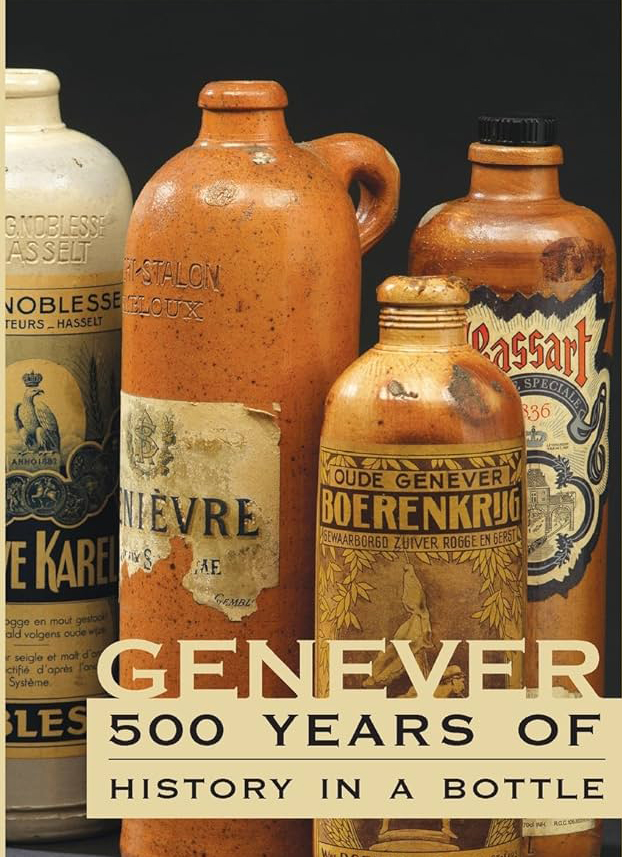 Ingredient amount (oz) by weight
Ingredient amount (oz) by weight
Juniper Berry (ideally Albanian fresh)1.1 (add more for an English Gin punch)
Corriander (Fresh) 0.5
Chenpi 0.2
Cardamon 0.5
Black Pepper 0.1
Orange Peel 1.3
Fresh Ginger 1.1
Limes (Count) 1 whole lime.
Navel Oranges (count) 1 whole naval orange
Bay Leaf (Fresh, ideally Turkish) 0.3
Licorice root (dried) 0.3
Grains of Paradise 0.3
Lemongrass (fresh) 0.3
Cinnamon (Saigon) 0.0
Star Anise Seed 0.2
Pistachio Nut (shelled) 0.3
Chunky Mill is all added to alcohol and then distilled.
Note: keep milling coarse to create a rolling boil, and use boiling beads to prevent sticking and burning.
There you have it.


Be the first to comment